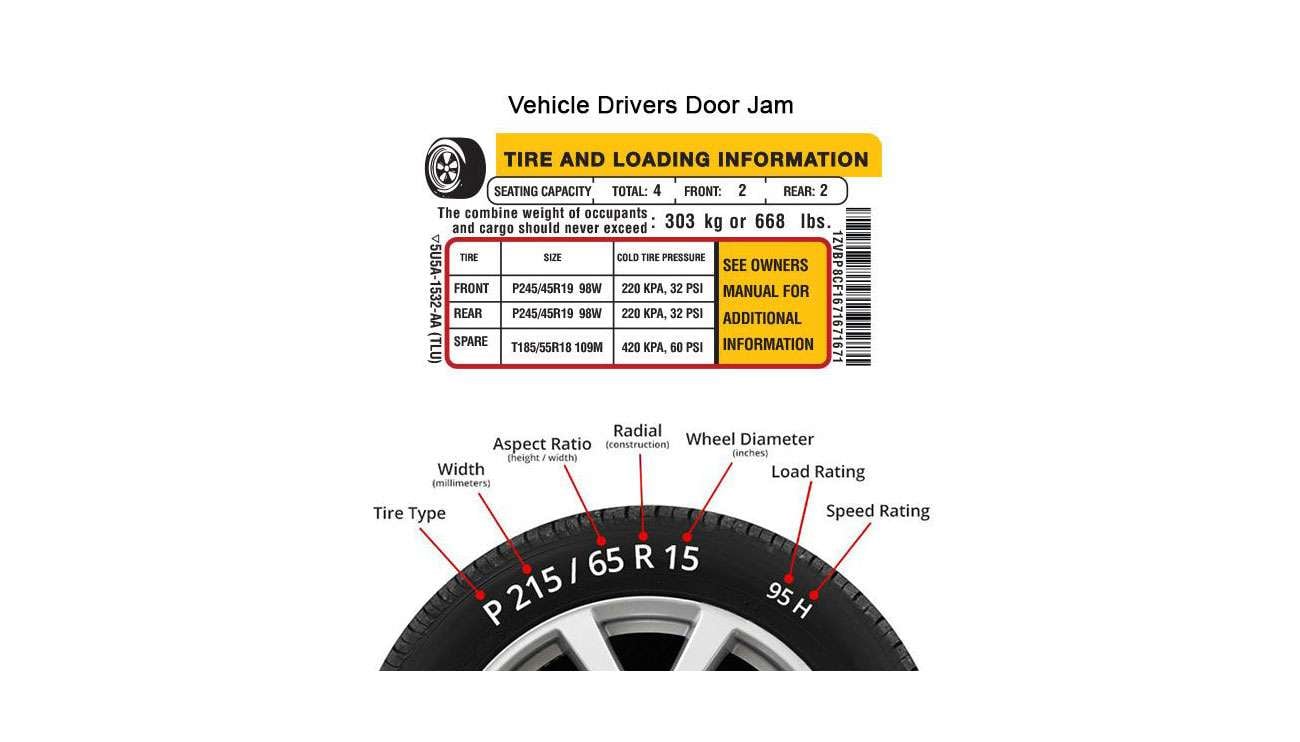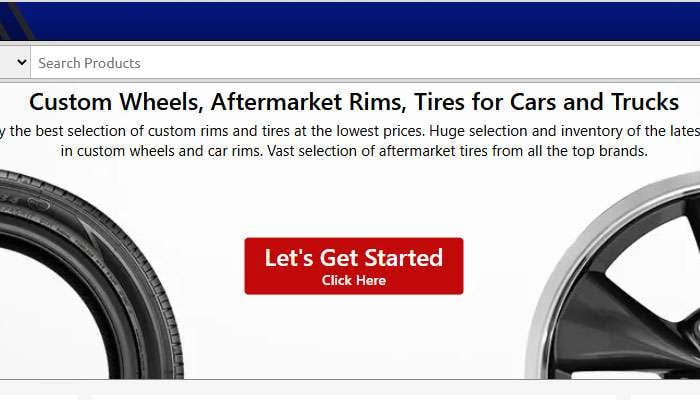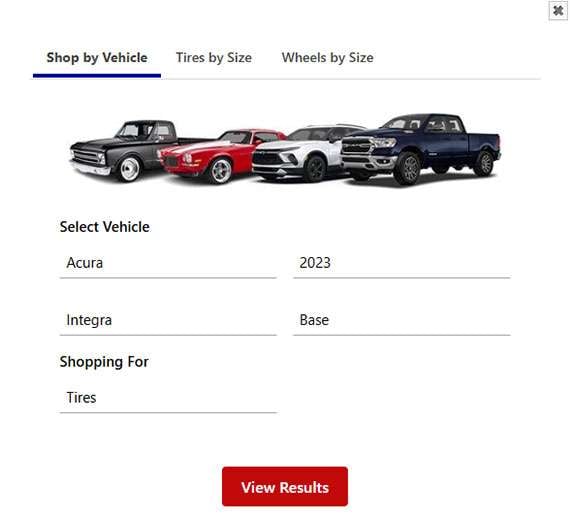
Choosing the right tires isn’t just about appearance—it’s a safety decision that affects handling, braking distance, fuel economy, and ride quality. At Performance Plus Tire, our Fitment Team helps drivers every day match factory specifications with real-world driving needs. This guide explains how to verify the exact tire size that fits your car, the numbers on the sidewall, and the rules that keep you safe when changing sizes.
The fastest way to confirm the correct tire size is to check the manufacturer placard on the driver-side door jamb and match that to your vehicle’s VIN-based fitment in our tools. When in doubt, follow the placard and match or exceed the original load index and speed rating.


Prefer a direct path? Use our vehicle list to jump straight in: Select Your Vehicle.
225/45R17 91W). If your current set is not factory-spec (prior owner changed sizes), use the placard instead of copying what you see.A typical passenger tire might read P225/45R17 91W. Here’s what each part means:
| Element | Meaning | What it Affects |
|---|---|---|
| P | Passenger construction (no letter may also indicate passenger) | Application type |
| 225 | Section width in millimeters | Fender/strut clearance, contact patch |
| 45 | Aspect ratio (sidewall height = 45% of width) | Ride comfort, gearing, speedometer |
| R | Radial construction | Modern standard |
| 17 | Wheel (rim) diameter in inches | Must match wheel size |
| 91 | Load index (weight capacity) | Safety, handling |
| W | Speed rating (max tested speed) | Safety, legal/insurance considerations |
Light-truck sizes use LT (example: LT275/65R18 123/120S E). The higher load ranges (C/D/E/F) indicate reinforced construction for towing and payloads.
Your tire must fit your wheel—and your wheel must fit the car. Three measurements matter:
Pro tip: After any wheel change, torque lugs to spec, re-check after 50–100 miles, and verify TPMS light status.
Plus sizing uses a larger wheel diameter with a lower profile tire to keep the overall diameter close to stock (helps maintain speedometer accuracy and ABS/TC calibration). Minus sizing uses a smaller wheel with a taller sidewall—great for winter packages or more ride comfort. Use our Plus/Minus Sizing guide and Calculator to model changes before you buy. You can also run scenarios in the Advanced Tire Size Calculator and Comparison Calculator.
Many SUVs and trucks—especially those used for towing—require LT-metric tires or higher load ranges. If your door placard lists LT sizes or load range E, stick with it. For mixed highway/off-road use, explore All-Terrain tires sized to your wheel and payload needs; if you need a general landing for shopping, use Auto Tires to start.
Ready to buy? Start at our main hub: Shop Tires.
Need help? Our Fitment Team will match the right tires to your vehicle and driving style. Start here: Shop Tires or explore our info hub: Tech Info & Calculators.
Yes—within limits. Keep overall diameter close to stock, maintain or exceed load index/speed rating, and ensure proper wheel width and offset. Use our Plus/Minus Sizing guide and model changes with the calculator.
On non-staggered setups, yes—same size and model on all four corners is ideal. On staggered vehicles, front and rear sizes differ by design; maintain the OEM stagger unless a professional confirms an alternative.
Use the pressure listed on your door-jamb placard, not the number on the tire sidewall. Adjust only for special loads if your manual specifies.
If your placard lists LT sizes, or you tow/haul heavy loads and the vehicle specifies LT construction or higher load range, choose LT. When in doubt, follow the placard.
Sometimes. Wider tires can increase dry grip but may tramline more and reduce snow/wet performance. They also require the right rim width and fender clearance. Balance your choice with real-world conditions.
Reviewed by the Performance Plus Tire Fitment Team